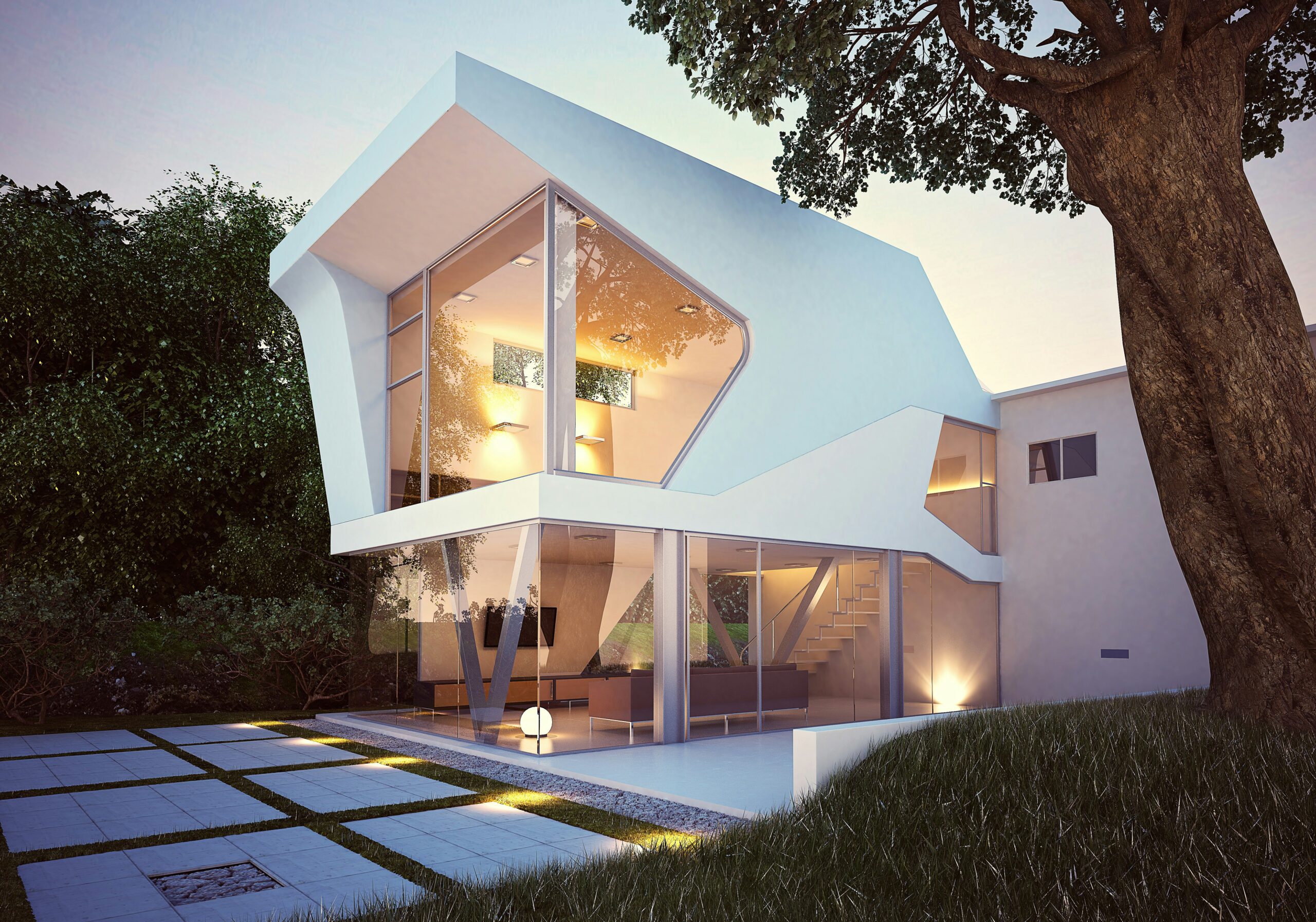
An Insider’s Look at Luxury Real Estate Market Trends
The high-end real estate market is a mysterious realm—where lavish mansions trimmed in exquisite craftsmanship converge with multi-million-dollar price tags. Beneath the glitz, subtlety resides in a market that is driven by trend, economics, and the shifting whims of the elite. For the savvy investor, high-net-worth individual (HNWI), or observer of ultra-luxury lifestyles, knowledge of these trends can be crucial to making an intelligent investment versus a lost opportunity.
This article gets inside the latest twists in the high-end property market. We’ll explore what’s driving the demand, look at where the market is headed, and talk about why unique properties are becoming the ultimate status symbol in luxury real estate.
The Rebirth of Trophy Properties
One of the top trends dominating the luxury real estate market is the re-emerging appetite for trophy properties. But what exactly are they? Trophy properties are ultra-exclusive residences that often boast landmark architecture, unparalleled locations, or historical importance. They come with eye-watering premiums—but for the ultra-wealthy, they’re not just homes; they’re status symbols.
Why the Rise in Trophy Properties?
- Scarcity – There is only one Eiffel Tower or Malibu beachfront estate. Unique homes hold value over time due to limited availability.
- Demand for Uniqueness – HNWIs and UHNWIs (ultra-high-net-worth individuals) increasingly seek properties with a distinct story. Palatial estates with private vineyards, century-old castles, or contemporary glass mansions with panoramic views check this box beautifully.
- Secure Investment – Trophy properties also act as financial safety nets during periods of turbulence, offering a hedge against inflation and property market fluctuations.
Examples that Define the Trend
Think Beverly Hills properties that traded hands for over $50 million or luxury apartments in London’s Kensington selling for similarly staggering amounts. These sales are no anomaly—they reflect an overall trend that values intrinsic value above everything else.
The Pandemic’s Lasting Legacy on Preferences
COVID-19 has redrawn the playbook for luxury lifestyle. When once large city-center pied-à-terres were the crème de la crème for elite buyers, the priority has shifted to more functional aspects. Consider wellness-priority living and room to breathe—literally!
Escape to the Suburbs and Exurbs
The biggest post-pandemic trend is the move to suburban luxury. Spacious homes just slightly outside city centers have experienced phenomenal demand growth. Homes with extensive grounds, home offices, or gymnasiums are what high-end couples and families now seek.
Focused Amenities
Beyond the traditional swimming pools and elevators, modern buyers prioritize wellness features, like private spa rooms and smart air purification systems. Additional outdoor spaces such as rooftop terraces or zen gardens are even reshaping urban mansions.
For many, homes today are not just living spaces—they’re sanctuaries. This is especially crucial to acknowledge if you’re considering an investment.
Technology Is Redefining What “Luxury” Means
With speeded-up tech innovations, the new face of luxury real estate is not merely aesthetics or size—it’s integration. Proptech (property technology) is making its mark in incredible ways.
- Smart Homes: Properties with advanced automation systems—managing everything from security and climate control to lighting—are now table stakes for luxury buyers. Some luxury buyers even prefer “eco-tech homes” that combine high energy efficiency with smart tech.
- Virtual Real Estate Viewings via VR/AR: Overseas buyers, especially, have adopted virtual house tours facilitated by virtual reality (VR) or augmented reality (AR). For these buyers, the technology has heightened the convenience and reduced the distance brought about by cross-border transactions.
Global Hotspots You Should Watch
High-end real estate isn’t only thriving on Malibu beaches or Manhattan skyscrapers. While those markets still dominate, new hotspots are emerging globally.
Europe’s Crown Jewels
- Portugal’s Lisbon is gaining traction with more affluent buyers for its tax-friendly status and easygoing lifestyle.
- France’s Riviera perennially lures celebrities, due to its unmatched glamour and Mediterranean sea vistas.
Asia’s Unrelenting Rise
- Singapore real estate continues to sizzle—it’s one of the world’s safest markets thanks to stringent government control.
- Tokyo is also catching up, with modern architects transforming its luxury skyline post-Olympics.
Middle Eastern Opulence
Dubai still is in a class of its own, with record-breaking skyscrapers contrasting perfectly against desert-facing villas. Petrol-driven wealth by oil tycoons makes this area resilient regardless of market disaster anywhere in the world.
United States Longevity
Miami, Austin, and Scottsdale in America are experiencing an influx of affluent millennials who are looking for tech-powered urban environments combined with dynamic outdoor lifestyles.
Environmental Concerns Are Reshaping Investments
Sustainability’s role in decision-making is only expanding. Buyers and builders alike are choosing carbon-neutral homes constructed using innovative design and green materials. Solar energy, rainwater harvesting systems, and green roofs are the top choice now for the environmentally conscious.
For investors, it means greater opportunity to merge financial feasibility with green ideals, a trend now being promoted by cash-rich millennial buyers.
Market Predictions
Looking ahead, real estate experts predict continued growth across the luxury property spectrum, but the rhythm may vary by area and economic drivers. Watch for the following main phenomena over the next year or so:
What’s Likely to Happen
- Market Diversification Continues – The likes of Eastern Europe or newer areas of Greece may see new luxury enclaves form.
- More Focused Investments – Buyers will tune-in buy decisions strategically, based on economic conditions, more than speculative or indulgent luxuries.
- Greater Price Per Square Foot – Luxury buyers need quality instead of space. For builders, it will mean building warm, detail-driven interiors with gourmet kitchens—but not necessarily big mansions in every market.
Carving Your Path
Luxury real estate—while decadent—demands analytical discipline in order to maximize intrinsic or speculative value. Whether investing, upgrading holdings worldwide, or seeking dream homes to call “home,” understanding market mechanics from an insider’s point of view ensures participation without future remorse.


